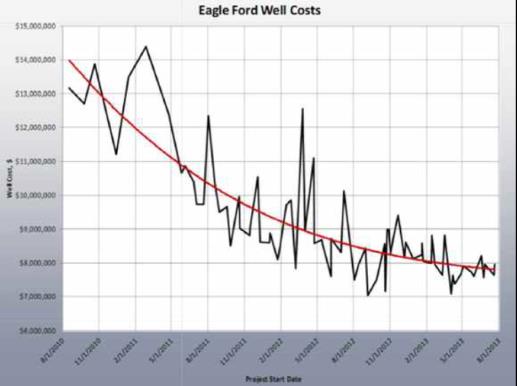Matt Ridley provides an overview of the flood of fracked shale oil in his post, The dash for shale oil will shake the world.
He points to The Shale Oil Boom: a US Phenomenon, a newly released report from Leonardo Maugeri.
I’ve mentioned this in the past, but look again at the explosion of estimated recoverable oil in Bakken: Continue reading “Survey of shale oil; also the Peak Oil Myth – #26”
